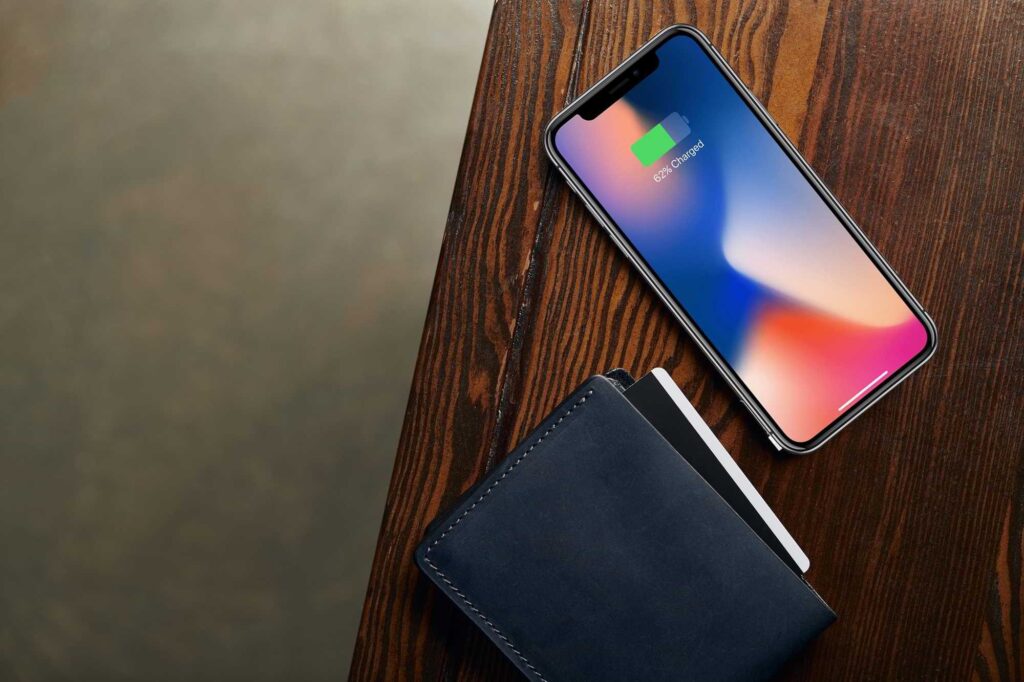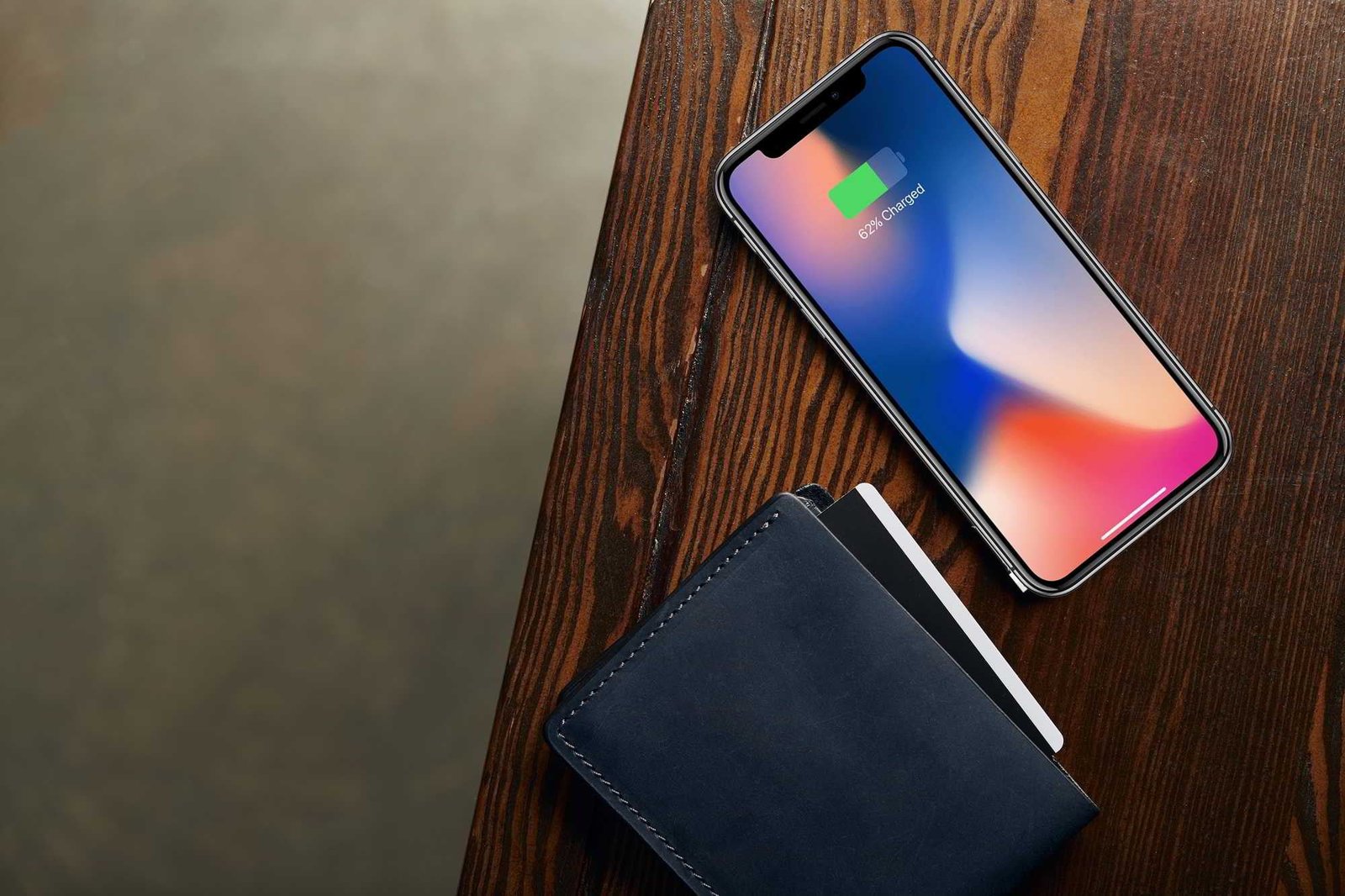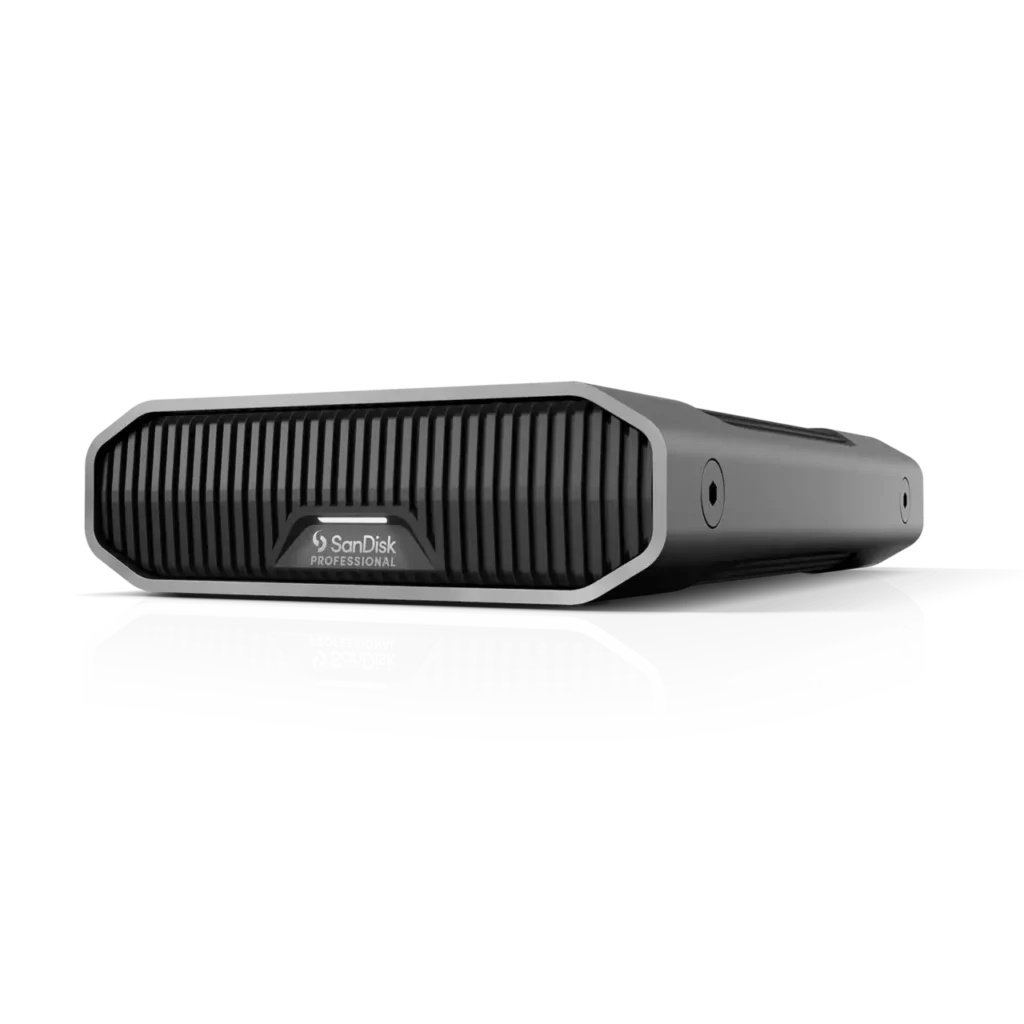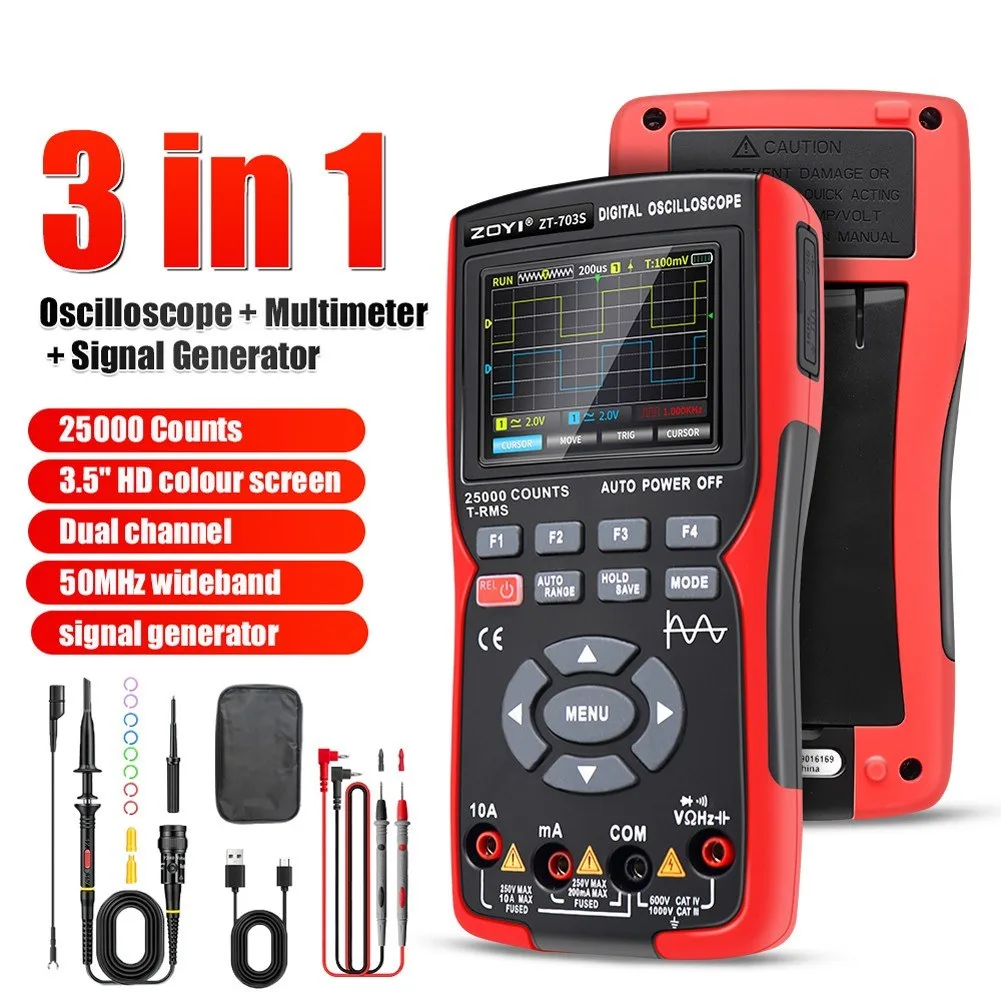Rest your phone over an under-mount wireless charger and there you have it full battery power without having to go through the hassle of looking for a plug. Apple is one of the first companies who announce the commencement of wireless charging capabilities in phones. It is not that hard to guess that wireless charging has taken the world by the storm and today is a thriving billion-dollar industry with more than 90% of smartphones having wireless charging capabilities. The rising fame has brought these terms to the attention of almost every person. To move further as to how wireless charging is making our lives better, discussing its pros and challenges, it is important to know how wireless charging even works. Let’s dive right into it.

Wireless charging for smartphones
The process of wireless charging works with electromagnetic waves that transmit power between the base station (phone’s battery pad) with the charging pad( wireless charger). The coil at the back of your phone picks up the waves transmitted from the charging pad that converts waves into electricity. The electricity emitted is actually used for charging your phone.
Unlike the traditional plug-in charger, the smartphone uses the charging pad by just placing the phone on it and you will notice the battery icon with an active signal of being charged. It does not produce any sound, nor do you feel any transmission of electricity. It is a hassle-free and smooth charging process.
Wireless charging is also called Qi charging or Qi technology. With its introduction in 2008, it is relatively a new term. Qi practices both resonant and inductive charging, and for the latter, the devices need to be nearby for the charging to happen.
Advantages of charging your phone with wireless chargers
- Hassle-free cordless charging: Saving you from carrying your USB-c charger everywhere you go, this one removes the barrier of cable charging. You can just leave your phone on the mat that is already plugged with a cable.
- Compatible with all kinds of smartphones: One charger for all your electronic devices, what could be better than this. Qi charging is the universal standard, so all devices can be charged without requiring different cables for each.
- Safe connection: With these chargers being used indoors and not in the outer environment where there could be a danger due to any environmental reasons(water, oxygen, etc.), it’s a safer option. There is also a more limited risk of electrical faults.
- Long-lasting use: Do you face your cables tearing or being worn out or your adapters turning old and working less? There’s no wear and tear in this type as you don’t have to regularly plugin or out on the smartphone sockets.
- Phone safe from overheating: Your wireless charger is smart technology, once your smartphone is fully charged it automatically shuts off the charging. It leads to a safer charge, consumes less energy, and does not let your energy overheat.
- Charge multiple devices at once: The convenience of charging many devices can be provided only with this kind of charging. With the same Qi charging you can place your phone, watch or Air Pods, or even an Apple pencil on it. Wireless charging is ideal for tiny accessories.
- Security: When we buy our phones, we want them to last a good time, and investing in unknown cables can damage the battery life. There could be hidden malware in those cables so using a charging mat is a more secure method.
With the growing demand and advantages of wireless charging, you will see them in hotels, restaurants, and other public spaces and some places have already installed these under-mount wireless chargers in their spaces. It is becoming a very convenient option to go around without cables and charge your phones anywhere by just placing them on the table.
Disadvantages of charging your phone with wireless chargers
- Not completely wireless: Wireless does not mean you can move around freely with your phone in your hand and your phone will charge automatically with the wireless charger in the same room. The current charging capabilities unfortunately do not provide this kind of wireless charging. You need to still keep the smartphone on the pad for charging, whereas with a cable you can move at least within the diameter of the cord.
- Can’t use your phone on charge: It’s a simple way to understand that since our phones will be on the pad we cannot use it while it’s on charge. There is no flexibility in the usage of the phone on charging.
- Longer charging time needed: The performance of Qi charging in comparison is slower than cable charging. Wireless charging takes almost the same power but has 30-80% slower charging than cables as some waves are lost in transition.
- Closer attention required: We have a habit of picking up our phones and not paying attention to keeping them back. That is a big disadvantage as with a cord it’s not a big issue but with a wireless charger, it can cause problems as it won’t be charging if not placed on the pad properly. It is a big problem with wireless charging as this can waste your time with no output in the battery power if not kept properly on the charging pad.
- More costly than other chargers: The new and better version of the technology will always lead to it being more costly than other wired cable chargers. We get corded chargers along with the phone so investing in something from a distance is an added investment.
Conclusion
Every person has used the under-mount wireless chargers or other wireless chargers at least once and it’s a preferred option for charging. But with that convenience, people still prefer cables more than wireless chargers because of cost and flexibility. What would you prefer- a fast charging cable or a convenient and safer wireless charger?
Discover more from TheLatestTechNews
Subscribe to get the latest posts to your email.











